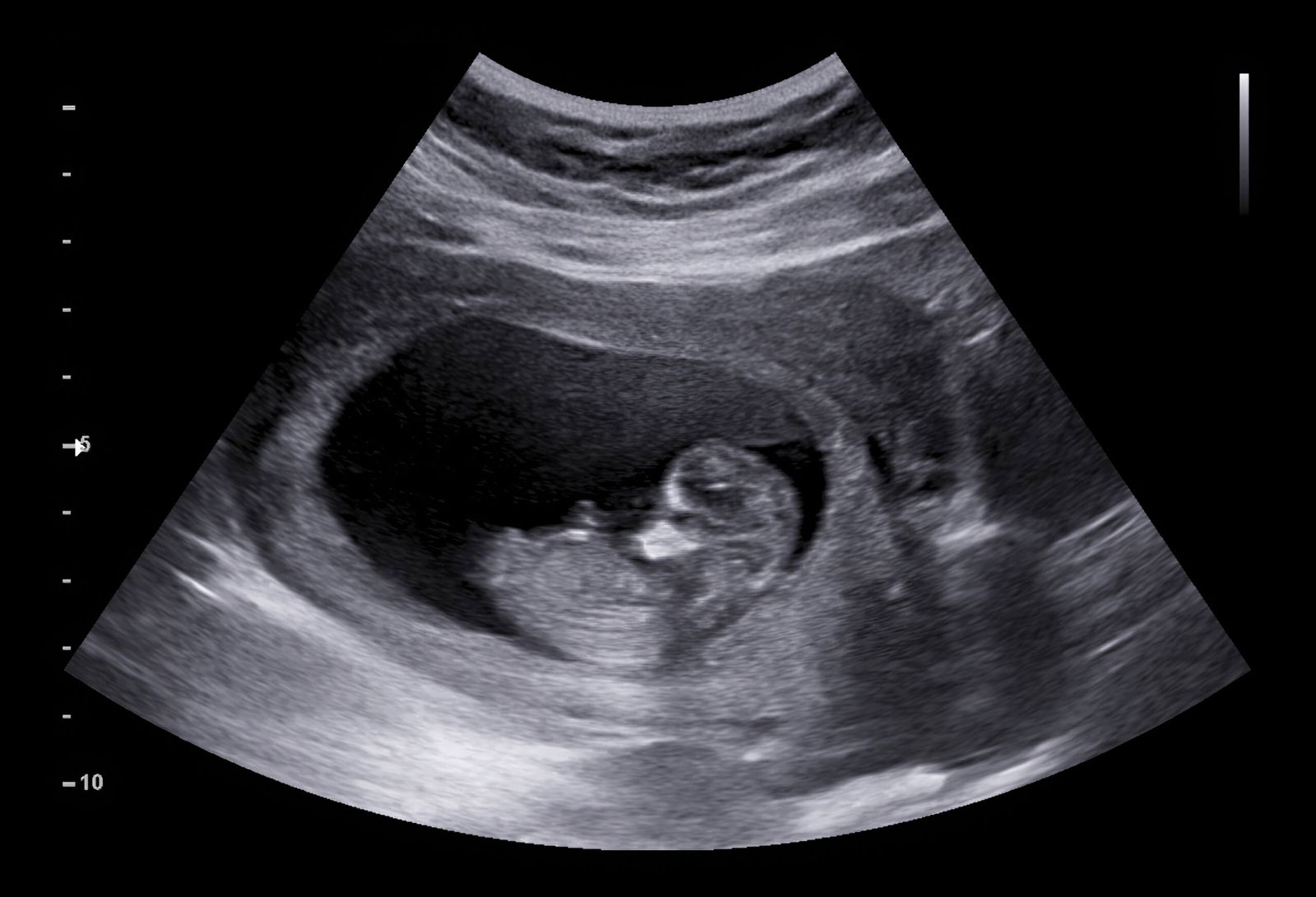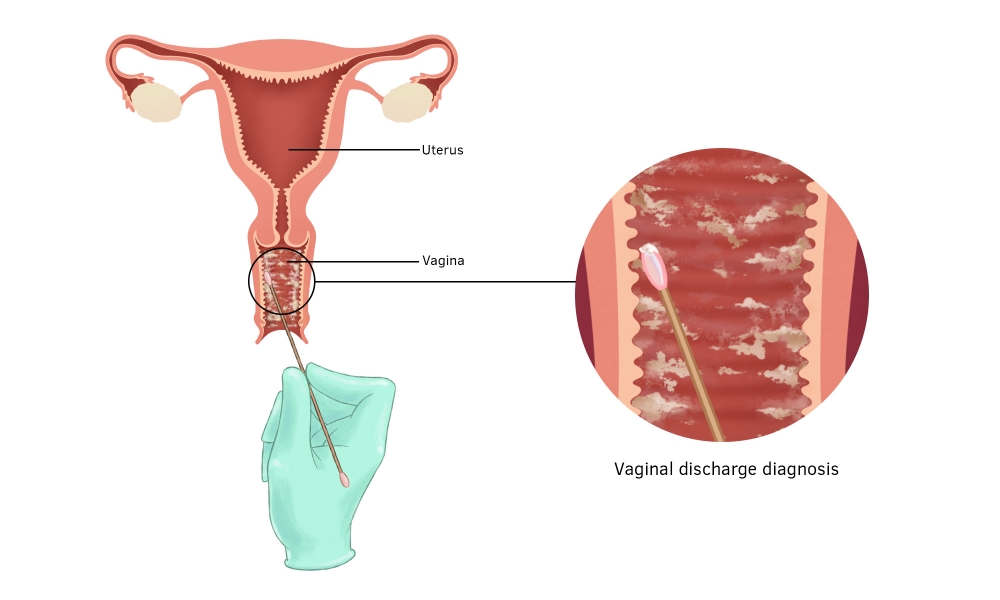Back pain is one of the most common health issues affecting people worldwide. It is estimated that nearly 80% of adults experience back pain at some point in their lives. Whether it’s mild discomfort or chronic pain, back problems can interfere with daily activities, reduce productivity, and impact overall quality of life.
In this comprehensive guide, we’ll explore the causes of back pain, effective prevention strategies, and the best treatment options for back pain available today.
What Causes Back Pain?
Back pain can occur for many reasons. Understanding the root cause helps in choosing the right treatment. The most common causes of back pain include:
1. Poor Posture
Slouching while sitting or standing can strain the spine and muscles, leading to chronic lower back pain.
2. Muscle or Ligament Strain
Lifting heavy objects incorrectly or sudden awkward movements can cause muscle and ligament injuries.
3. Herniated or Slipped Disc
A slipped disc occurs when the cushioning discs between the vertebrae bulge or rupture, pressing on nerves and causing pain.
4. Arthritis
Conditions like osteoarthritis can affect the spine, narrowing the space around the spinal cord and causing stiffness and pain.
5. Sciatica
Compression of the sciatic nerve causes sharp pain that radiates from the lower back to the legs. This condition is often linked to herniated discs.
6. Spinal Abnormalities
Structural issues like scoliosis (curvature of the spine) may cause persistent discomfort.
7. Lifestyle Factors
-
Lack of exercise
-
Obesity
-
Smoking (reduces blood flow to the spine)
-
Stress (muscle tension can worsen pain)
Symptoms of Back Pain
Back pain symptoms vary depending on the cause. Common signs include:
-
Dull aching pain in the lower or upper back
-
Pain that radiates down the legs
-
Muscle stiffness or spasms
-
Pain that worsens with movement or sitting for long hours
-
Difficulty standing up straight
If the pain persists for more than a few weeks, or if you experience numbness, weakness, or bladder/bowel issues, consult an orthopaedic doctor immediately.

How to Prevent Back Pain
The good news is that most cases of back pain can be avoided with healthy lifestyle changes. Here are some effective back pain prevention tips:
1. Maintain Good Posture
Keep your back straight when sitting or standing. Use ergonomic chairs if you work long hours at a desk.
2. Exercise Regularly
Strengthening your core muscles helps support the spine. Activities like yoga, swimming, and stretching exercises are excellent for spinal health.
3. Lift Properly
When lifting objects, bend at the knees—not the waist. Keep the load close to your body to reduce strain.
4. Maintain a Healthy Weight
Being overweight increases pressure on the spine. A balanced diet and regular exercise can help keep your weight under control.
5. Quit Smoking
Smoking accelerates spinal degeneration and delays healing.
6. Use a Supportive Mattress
Sleeping on the wrong mattress can lead to persistent lower back pain. Choose a medium-firm mattress that supports natural spinal alignment.
Treatment Options for Back Pain
Treatment for back pain depends on whether it’s acute (short-term) or chronic (long-term). Below are the most effective back pain treatment options:
1. Home Remedies
-
Rest and apply cold or hot packs to reduce inflammation.
-
Over-the-counter pain relievers like ibuprofen or acetaminophen can help.
2. Physiotherapy
A physiotherapist can design personalized back pain exercises to strengthen muscles, improve flexibility, and relieve stiffness.
3. Medications
Doctors may prescribe stronger painkillers, muscle relaxants, or anti-inflammatory drugs for severe pain.
4. Injections
Steroid injections may be given in cases of severe spinal pain or sciatica to reduce inflammation around the nerves.
5. Alternative Therapies
-
Chiropractic care helps with spinal alignment.
-
Acupuncture can relieve pain by stimulating pressure points.
-
Massage therapy helps reduce muscle tension.
6. Surgical Treatments
Surgery is recommended only when conservative treatments fail. Some surgical options include:
-
Discectomy (removing a herniated disc)
-
Spinal fusion (joining two vertebrae)
-
Laminectomy (removing part of the vertebra to ease pressure on nerves)
7. Lifestyle Modifications
Simple changes like staying active, avoiding prolonged sitting, and practicing relaxation techniques can significantly reduce chronic back pain.
When to See a Doctor for Back Pain
Seek medical help immediately if you experience:
-
Severe, persistent pain
-
Numbness or tingling in legs
-
Weakness in muscles
-
Loss of bladder or bowel control
These could be signs of serious underlying conditions requiring urgent medical attention.
Conclusion
Back pain is a widespread issue, but with the right approach, it can be prevented and treated effectively. By maintaining good posture, exercising regularly, and seeking timely medical care, you can protect your spine and live a pain-free life.
If you’re struggling with chronic back pain, don’t ignore it. Consult a qualified orthopaedic specialist who can diagnose the root cause and recommend the best treatment plan for long-term relief.






